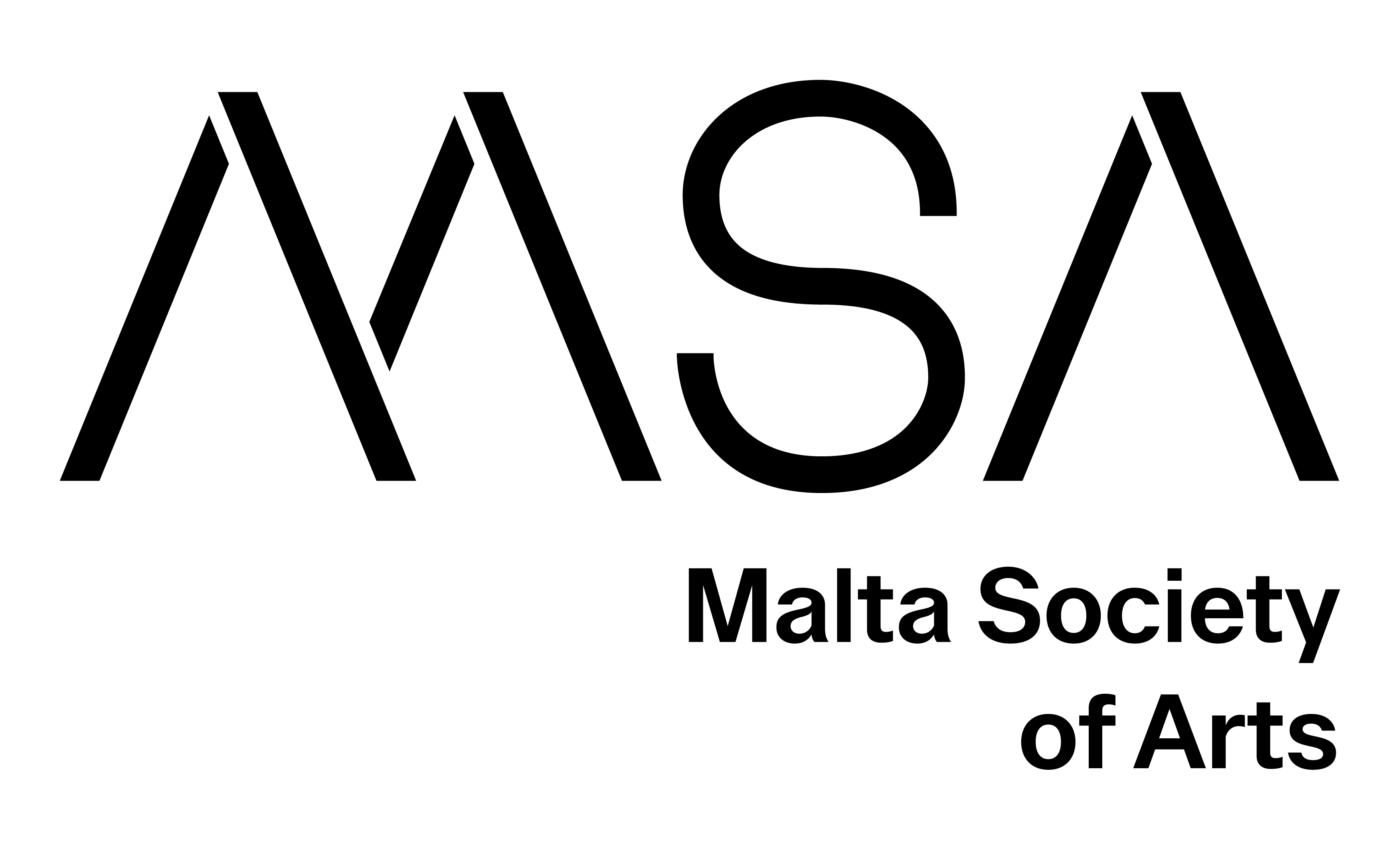The paper investigates ways humans and nature interact in explicit and mutually beneficial sexual relations, that is, how to fuck with nature. It also proposes ways to build acts, arenas, and places to facilitate such sexual encounters and activities. These zones of sexual interaction are called ecobordellos. They are necessary structures to transgress the sexual taboos of the human-nature divide.
Being sexually exited from and with nature is no paraphilia. Instead, it is an age-old form of romanticism and sexual practice. Early forms include the wild sexual activities of the cults of Pan, maenads, and Dionysus in ancient Greece. Although it can be argued, they had more of sex in nature than sex with nature. In the age of ecological crisis, this paper argues that explicit sexual encounters with nature are a natural, perhaps even needed, step to bridge the wide ecological gap between the born and the built. The huge surge in the hashtags of nature in social media indicates the enormous interest in and fascination for almost every aspect of nature in current society. The hyperreal images of nature create new associations and experiences that contribute to heightened perceptions and emotions that might be far from the real nature outside your door. Such hypostatic, exaggerated, and even fantastical representations that apparently improve or deliberately beautify our perception of nature can be defined as ecoporn. Ecoporn is here, therefore, understood as the representation of nature intended to stimulate the viewer into a heightened state of arousal. We argue that seeking ways to sexually and physically have sex with nature is an increasing practice and a natural consequence of ecoporn. Some of those that have taken their love to the next step are calling themselves ecosexuals (Annie Sprinkle). Others who are transcending the taboos of having sex with nature is the Fuck for Forest initiative.
Ecoporn contributes to new forms of ecosexualities. To investigate these, we propose to build ecobordellos ‒ places facilitating how to sexually interact and fuck with nature. An ecobordello can have several functions according to the sexual preference of the participants.
Ecobordello is a series of artworks (2022-) that function as a sensual art laboratory for the exploration of intimate and sexual interactions between humans and nature. Ecobordello is a necessary artistic investigation into contemporary, hyperaestheticized, and exaggerated perceptions of nature. The project investigates how two-way, technologically mediated interactions between people and nature can be a sensory-stimulating experience for both parties.
Ecobordello #1 functions as a two-way observation and stimulation tower. Human activity on the platform releases bio-enhancing stimuli, such as LED-based Phytolights that stimulate the growth of plants. To stimulate the human user, the installation uses electronics, sound, and motion sensors to capture natural processes and amplify them to be visible and audible to human audiences.
The paper will analyze the interactions and audience impact observed through Ecobordello #1. Further, the paper will present a range of proposed and planned iterations of Ecobordellos taking various shapes and functionality.
Stahl Stenslie (NO) is a curator and researcher specializing in experimental and emerging aesthetics, and disruptive technologies. He has worked as a professor in experimental arts for two decades. Stenslie is an internationally known artist and lecturer at major international events (ISEA, DEAF, Ars Electronica, SIGGRAPH) and has moderated various symposiums like Ars Electronica (Next Sex), ArcArt, and Oslo Lux. He co-founded The Journal of Somaesthetics and is the editor of EE – Experimental Emerging Art magazine. Stenslie is the author of The Anthropocene Cookbook: Recipes and Opportunities for Future Catastrophes, co-written with Zane Cerpina (MIT Press, 2022).
Zane Cerpina (LV/NO) is a curator and writer working within experimental and digital arts. Her extensive body of work includes curating and producing events that call for critical reflection on the current age of the catastrophes, such as the Dangerous Futures Festival, Digital Wild Conference, and Ecophilia Conference. Cerpina has initiated and been part of several archival and research projects, such as The Norwegian Media Art Library, and is one of the editors for the Book of Electronic Arts Norway. Cerpina is the author of The Anthropocene Cookbook: Recipes and Opportunities for Future Catastrophes, co-written with Stahl Stenslie (MIT Press, 2022).
Back







